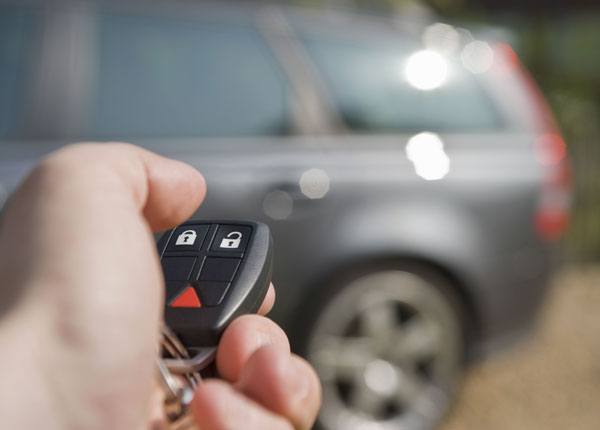
Parking on Hills Rules: Uphill / Downhill, With or Without a Parking Curb
Updated Nov. 20, 2020New drivers must learn how to park on a hill safely. This skill will almost certainly come in handy when you are a qualified driver and is likely to be referenced during the driver’s license test. Parking on a hill is more dangerous than parking on a flat surface, as you will need to contend with gravity and secure your vehicle in such a way that it does not roll. You will be legally responsible if your car causes damage to another person’s property or injures somebody, if you have not properly secured it.
Most state driver’s handbooks contain some information on hill parking. Your manual will likely tell you to turn your wheels toward or away from the curb, based on whether you are facing uphill or downhill. Though it likely will not explain why you should take these measures, or what you must do if there is no curb present at all. You can find these details below! It is better to learn the basic theory behind hill parking, than simply to memorize a set of rules. This way, you will recall the information and be able to apply to more effectively.
Basic rules and steps
Parking safely on a hill rests primarily on having a fully functioning parking brake. If your parking brake fails, the car will roll and could end up damaging other vehicles – or worse. However, there are a few precautionary steps you can take to guard against serious problems if your vehicle rolls.
- 1

Manual transmission drivers should leave their vehicle in first gear. If the parking brake fails, the engine should prevent the wheels from turning. Automatic drivers should leave the vehicle in “park” for the same reason.
- 2

Always apply the parking brake, even on very gentle slopes.
- 3

Position your wheels so that the car will roll toward the curb, or away from the center of the road, if the parking brake fails. (See the information below for more details).
Uphill with a curb
When parked facing uphill and there is a curb present, drivers should turn the vehicle's wheels away from the curb. If the vehicle begins to roll backward, the front wheels should catch on the curb and prevent it from moving further.
Uphill with no curb
With no curb to brace your vehicle’s wheels should the parking brake fail, the best you can do is aim the car so that it will not roll toward the center of the road. Turn your wheels toward the right side of the road so that it would roll away from traffic.
Downhill with a curb
When parked facing downhill and there is a curb present, turn the wheels toward the curb. If the parking brake fails and the car rolls, it will not get far before the front wheels are blocked by the curb.
Downhill with no curb
If you are parked facing downhill and there is no curb, point your wheels towards the right side of the road. If the vehicle rolls, it should move away from the street rather than colliding with traffic.
As you can see, making the right decision when parking on a hill is relatively straight forward. Irrespective of the direction you are facing and whether there is a curb present, your wheels should be positioned so that the car will roll away from traffic if the parking brake fails.




